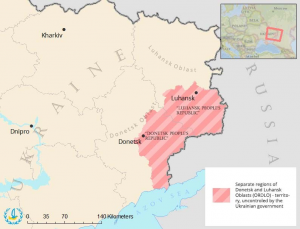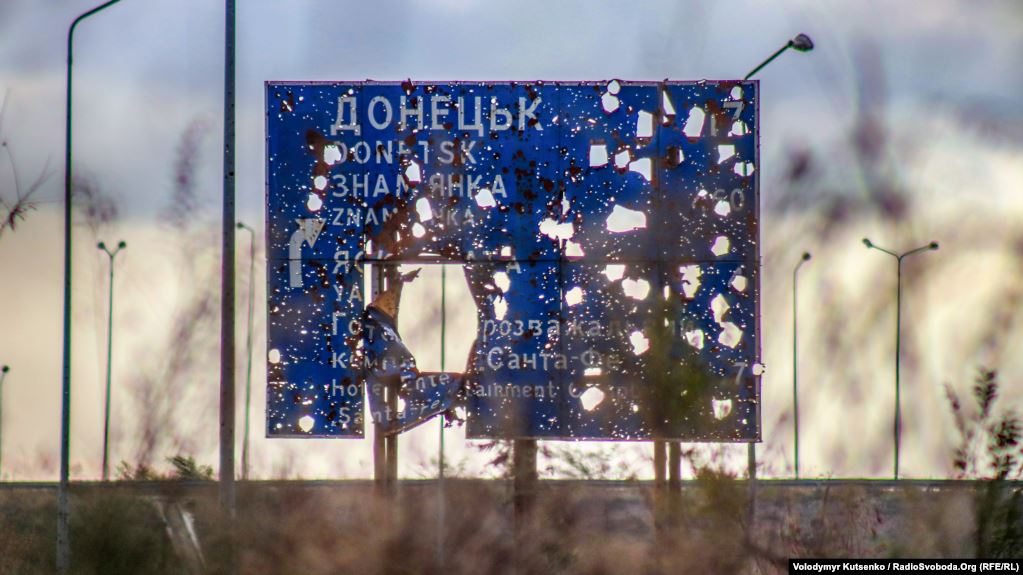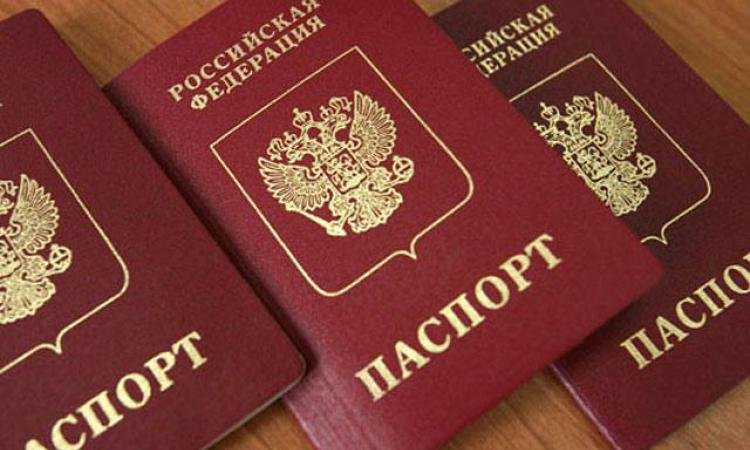Moscow has maneuvered Ukraine’s Presidential Office into quasi-recognizing Russia’s military proxies in “certain areas of the Donetsk and Luhansk oblasts” (Russian and Ukrainian acronym: ORDLO) for the first time.
The vehicle for this breakthrough is the agreement on “Measures to Strengthen the Ceasefire Regime,” negotiated in the Minsk Contact Group, released on July 22, and effective from July 27 for an unlimited duration (President.gov.ua, July 22, 28).

The document, as released by the OSCE’s chairmanship (Osce.org, July 23), is valid “for the whole period until a full comprehensive settlement of the conflict.” Its content is almost entirely of a military nature, aiming for a full de-escalation of the positional warfare. Toward that aim, it imposes bans on sniper fire, the use of any types of unmanned aerial vehicles, and the deployment of heavy weapons in and near inhabited localities; moreover, it precludes any offensive, reconnaissance in force, and sabotage operations. In addition, it envisages effective (though unspecified) disciplinary actions for ceasefire violations (implying though not stating outright that either side would discipline its own personnel). All of these measures are intended to be applied along the entire demarcation line. These measures supplement the pullbacks of heavy weaponry from the demarcation lines following the 2015 armistice and subsequent disengagement measures in selective sectors. These military measures, however, come with their built-in political-diplomatic ramifications, to Ukraine’s disadvantage.The document makes these forces appear as a free agent, thus covering up their integration with and subordination to Russia’s military. This agreement turns a blind eye to Russia, leaving it free of responsibility for possible ceasefire violations by its proxies (and indeed for employing proxy forces). The whole arrangement plays to Moscow’s definition of this war as internal to Ukraine, implicitly undermining the case that Russia is actually involved in a state-on-state war in Ukraine.
The “sides” envisage creating and activating a “coordination mechanism for responding to ceasefire violations, through the facilitation of the Joint Center for Control and Coordination (JCCC) in its current operating composition” or “currently active membership” (“v deystvuyushchem sostave”). This joint entity would be empowered to allow the top military command of either side (Ukrainian or ORDLO forces) to open fire in response to “offensive actions” by the other side.
“Based on the experience of other conflicts, such a mechanism is effective […] this would allow us to move toward de-escalation and a permanent ceasefire regime” (Hromadske, Interfax-Ukraine, July 27).Apart from Ukraine (until 2017), it is Georgia and Moldova that could share their experience with ceasefire-monitoring bodies structured similarly to the JCCC.
The agreement on additional measures to strengthen the ceasefire in eastern Ukraine, effective from July 27 for an unlimited duration, resuscitates the Joint Center for Control and Coordination (JCCC, an inactive ceasefire-monitoring group). The JCCC morphs into a decision-making body, the linchpin in a new mechanism for responding to ceasefire violations.
Given these sins of commission and omission, this agreement gravely undermines the Ukrainian government’s stated (and no doubt genuine) goal to achieve the withdrawal of Russian forces and demobilization of ORDLO forces from the Russian-controlled territory.
Further reading:
- New Donbas ceasefire appears to be holding despite spike in violations on first day
- Mass protests in Kyiv against disarming Ukrainian army as part of new truce in Donbas
- Vitaly Portnikov: Russia has no intention of adhering to the upcoming ceasefire agreement
- Kozak-Yermak plan on Donbas: The fine print
- Angry father berates Zelenskyy for abandoning his wounded son in the war zone
- How Ukrainian society can withstand Russian aggression
- Kremlin lambastes alleged Ukraine’s deviations from Minsk and Normandy processes





